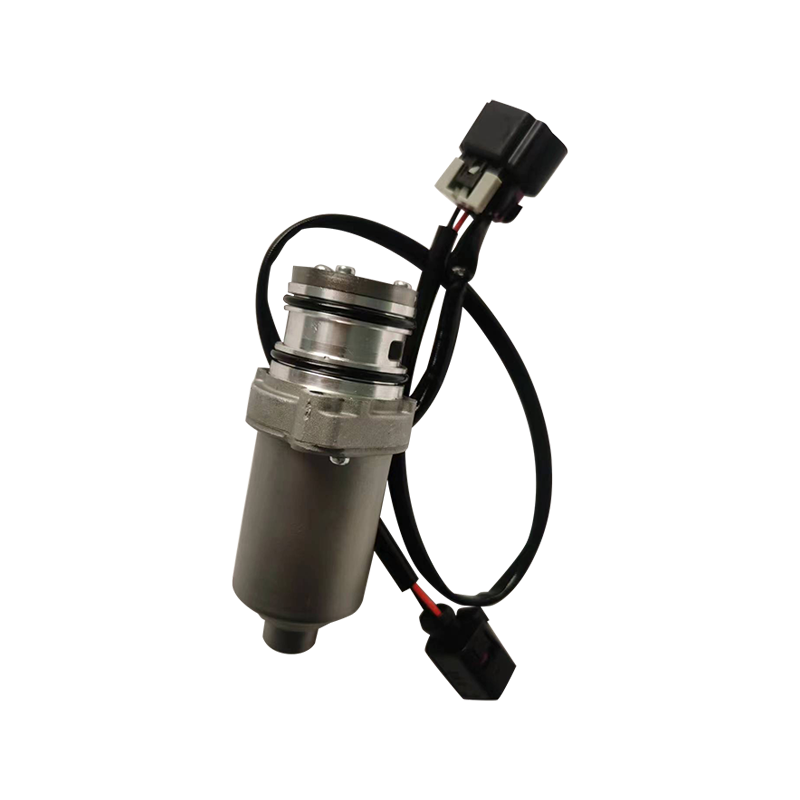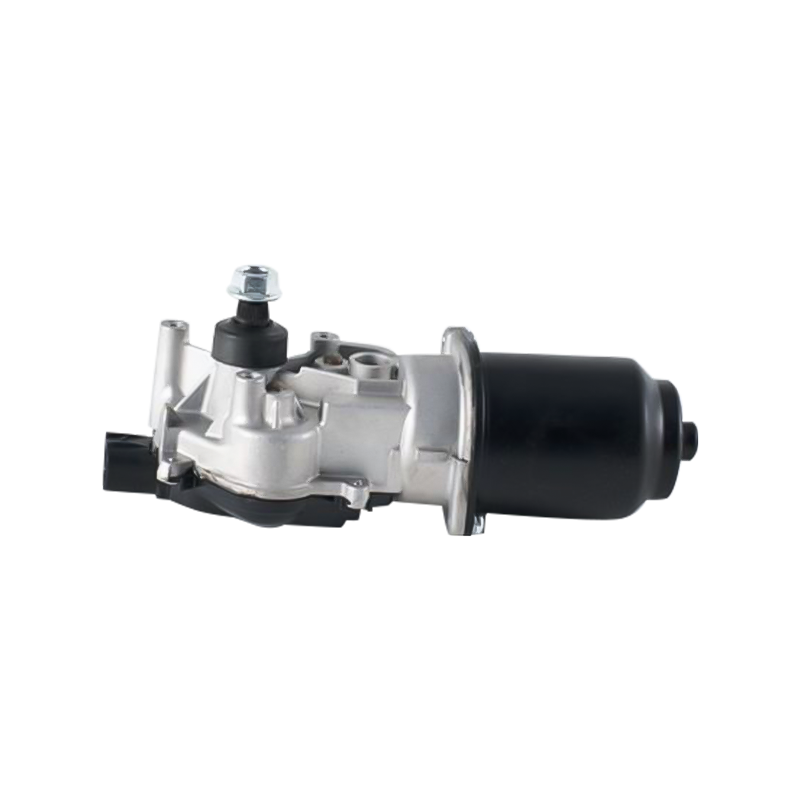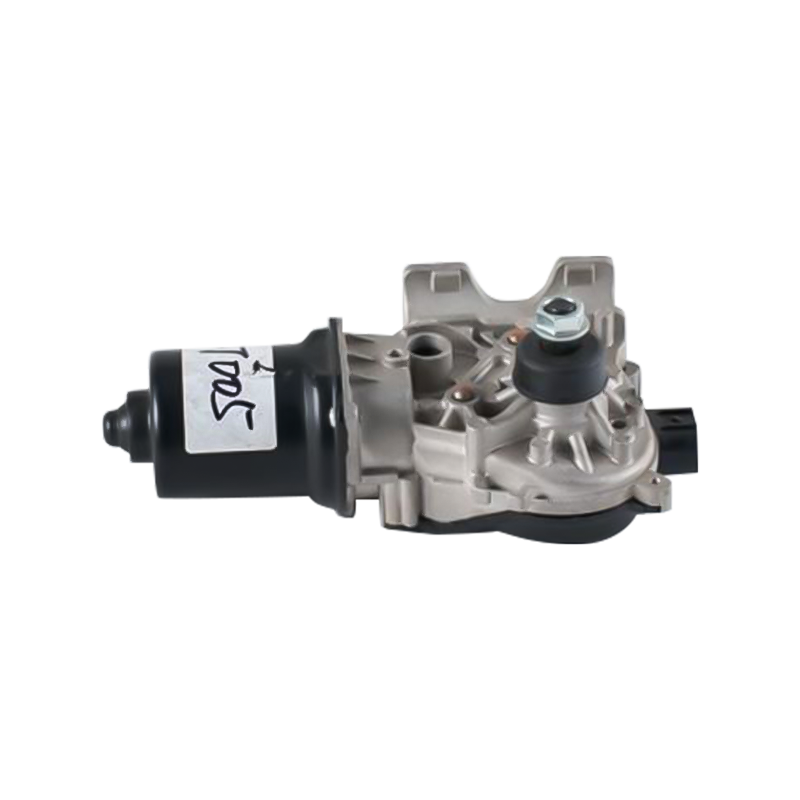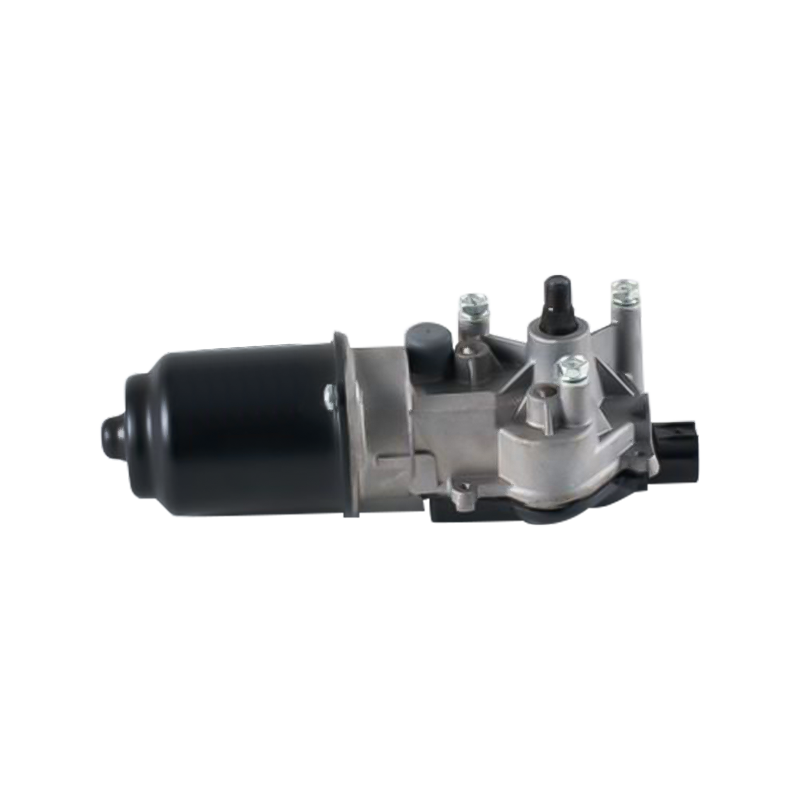Steam Pump Motors are essential components in industrial and mechanical systems, responsible for driving pumps that transport steam, liquids, or gases. One of the critical performance aspects of these motors is efficiency, which reflects how effectively electrical energy is converted into mechanical work. Understanding the efficiency behavior of a Steam Pump Motor under high-load and low-load conditions is crucial for optimizing energy consumption, reducing operating costs, and ensuring long-term reliability. Efficiency variations can influence overall system performance, energy bills, and motor lifespan.

Efficiency at High Load
When operating under high load, a steam pump motor typically runs closer to its rated capacity, which is the design point for efficiency. Under these conditions, the electrical power input is almost entirely converted into mechanical work, with minimal losses due to heat, friction, or magnetic effects. High-load efficiency is particularly important in industrial settings where pumps often operate at or near full capacity for extended periods. A motor with good high-load efficiency consumes less electricity for the same pumping output, reducing operating costs and improving energy sustainability. Proper design of windings, rotor configuration, and cooling systems contributes to maintaining suitable performance at high loads.
Efficiency at Low Load
Conversely, efficiency at low load can differ significantly from high-load performance. When a Steam Pump Motor operates below its rated capacity, fixed losses such as friction, core losses, and auxiliary power consumption account for a larger proportion of total energy input. As a result, the motor’s efficiency decreases, meaning that more electricity is wasted per unit of mechanical work produced. Low-load inefficiency is particularly relevant in systems that experience variable demand, intermittent operation, or partial load operation. Engineers need to consider these variations when selecting a motor for applications with frequent low-load conditions to avoid unnecessary energy waste.
Factors Influencing Load-Dependent Efficiency
Several factors contribute to efficiency differences across load conditions. Core losses in the stator and rotor, which are largely independent of load, become more significant at low loads. Mechanical losses, including bearing friction and seal drag, also impact efficiency regardless of electrical load but have a proportionally higher effect under partial load operation. Additionally, the design of the rotor and winding configuration affects torque production and energy conversion at different operating points. Properly balancing these factors ensures that the motor maintains acceptable efficiency across a wide range of loads.
Practical Implications for Industrial Use
Understanding efficiency differences is critical for industrial planning and operational cost management. For pumps that operate primarily at high load, selecting a motor optimized for full-load efficiency can significantly reduce electricity consumption and improve return on investment. For systems with varying or low-load conditions, energy-saving devices such as variable frequency drives (VFDs) can help maintain efficiency by adjusting motor speed and torque to match load requirements. This approach reduces energy losses at partial loads and decreases wear on the motor and pump components.
Maintenance and Long-Term Performance
Monitoring motor efficiency under different load conditions also aids in preventive maintenance and system optimization. Deviations from expected efficiency curves may indicate mechanical wear, electrical degradation, or improper alignment. By analyzing performance data, engineers can schedule maintenance before severe issues arise, ensuring consistent efficiency and extending the motor’s operational life.
The efficiency of a Steam Pump Motor varies significantly between high-load and low-load conditions. High-load operation typically achieves suitable energy conversion, while low-load conditions result in proportionally higher energy losses due to fixed mechanical and electrical losses. Understanding these differences allows engineers to select the appropriate motor, implement energy-saving measures, and maintain long-term reliability. By optimizing efficiency across varying loads, industries can reduce energy consumption, lower operational costs, and ensure stable performance in steam pump applications.

 English
English Türk
Türk 中文简体
中文简体






